Overcharging a lithium battery can be dangerous. It can damage your device, shorten the battery life, or in some cases, even cause fire. If you’ve ever wondered how to avoid overcharging, you’re not alone. This article will help you understand what overcharging is, why it happens, and what you can do to stop it.
We’ll go over warning signs that a battery is being overcharged, the risks it can cause, and what kind of charger you should be using. You’ll also learn simple steps you can take every day to charge your batteries safely. By the end, you’ll know how to keep your battery healthy and your devices safe.
At Hongyitai, we’ve been making lithium-ion batteries for over 10 years. We’ve supplied batteries to customers all over the world and tested thousands of packs under different conditions. We’ve seen what can go wrong—and how to avoid it. What you’ll read here comes from real experience in the battery industry.
So if you’re tired of guessing, and just want clear answers, this article is for you. Let’s solve your battery worries together.
Table of Contents
ToggleWhat is overcharging?
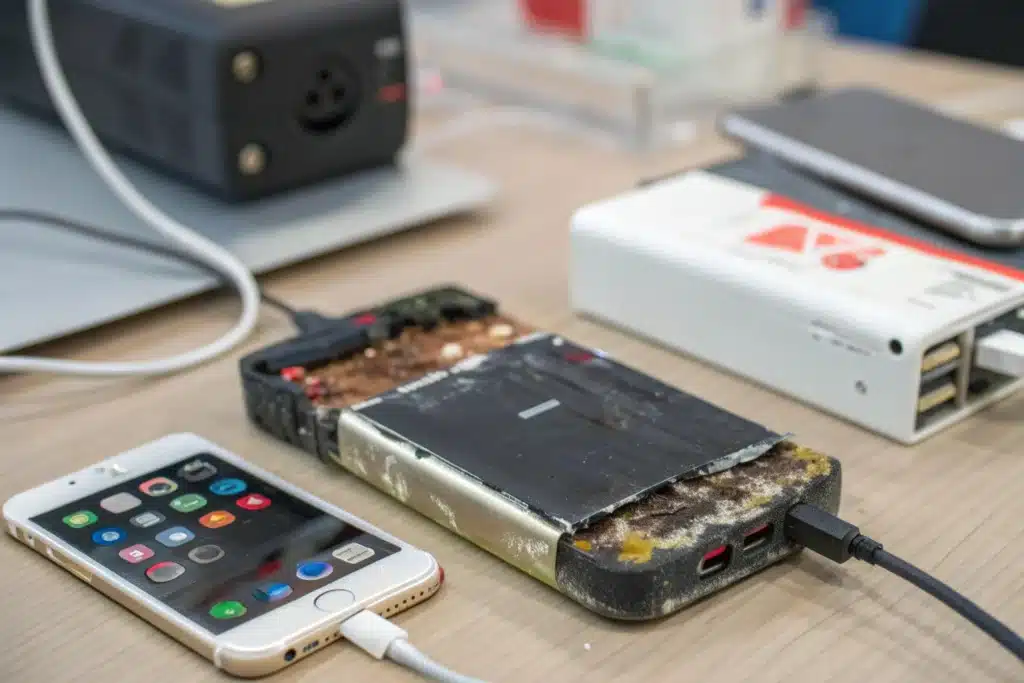
Overcharging happens when a battery keeps charging even after it’s full. A normal lithium battery is designed to stop charging at a certain voltage. But if it gets more power than it should, the battery becomes stressed. This is what we call overcharging.
When a lithium battery is overcharged, it can heat up, swell, or even leak. Inside the battery, chemical reactions start to go wrong. Over time, this damages the battery and makes it unsafe to use.
Each type of lithium battery has its own limit:
- LiPo battery (lithium polymer): Charging voltage should stop at 4.2V per cell. Anything above that is too much.
- LiFePO4 battery (lithium iron phosphate): Safe charging limit is 3.65V per cell.
- 18650 battery (a common lithium-ion cell): Should not go over 4.2V per cell.
Current matters too. A normal charge rate is 0.5C to 1C, meaning 0.5 to 1 times the battery’s capacity. For example, a 2000mAh battery should charge at no more than 2000mA (2A). Higher than this increases the chance of overcharge.
If the charger doesn’t stop at the right voltage or current, overcharging starts. That’s why using a proper charger is so important.
How lithium battery chargers work
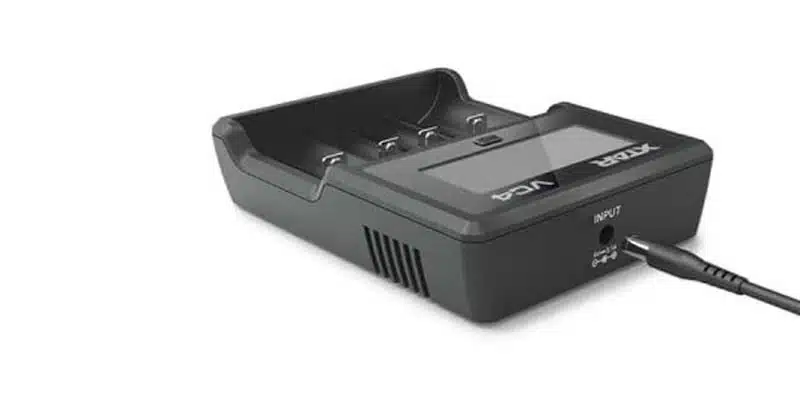
Lithium battery chargers follow a simple process. First, they send a steady flow of current into the battery. This is called the constant current stage. When the battery reaches its target voltage, the charger switches to constant voltage mode. It holds the voltage steady and slowly reduces the current until charging stops. This two-step method helps protect the battery from damage.
To charge safely, your charger must match the battery. That means knowing your battery’s chemistry, voltage, and capacity. For example, Li-ion and LiFePO4 batteries charge at different voltages. Using the wrong charger can lead to overcharging or undercharging.
You also need to look at the charging current. Most batteries should charge between 0.5C to 1C of their rated capacity. Charging too fast can cause heat and stress.
Some chargers have LED lights that turn green when charging is done. This can be helpful, especially if you’re charging without a built-in battery management system.
If you’re not sure what charger to use, it’s best to follow the battery manufacturer’s advice. If that’s not an option, choose a trusted brand. We recommend Nitecore and XTAR. They offer chargers with smart features and solid protection.
A good charger doesn’t just charge your battery. It protects it.
The risks of overcharging
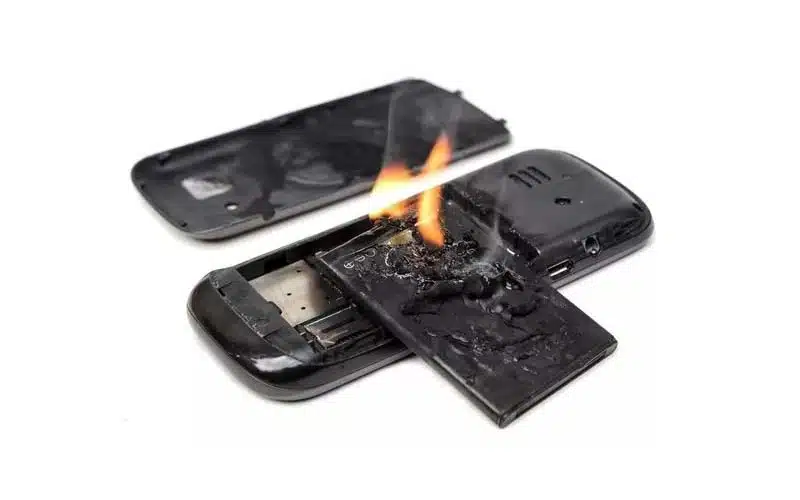
Overcharging can quietly damage your lithium battery from the inside. When a battery is full, the chemical reaction inside should stop. But if charging continues, the extra energy causes trouble.
The battery’s internal parts start to break down. The protective layer on the anode—called the SEI layer—gets damaged. This increases the battery’s internal resistance. Over time, the battery holds less power and takes longer to charge.
You’ll notice the performance drops. For example, a person riding an electric scooter with a damaged battery may find that they can only ride half the distance they used to, even though the battery still says 100%. That’s a sign of real damage inside.
Worse things can happen too. Overcharging can cause lithium metal to build up on the battery’s surface. This is called lithium plating. Over time, sharp structures called dendrites can grow inside the cell. These can pierce the battery’s separator and cause a short circuit.
In some cases, this can lead to thermal runaway. That means the battery keeps heating up until it catches fire or explodes. While rare, it’s one of the most dangerous outcomes of overcharging.
That’s why it’s so important to use the right charger and stop charging when the battery is full. Prevention is much easier than repair.
Signs your battery might be overcharged
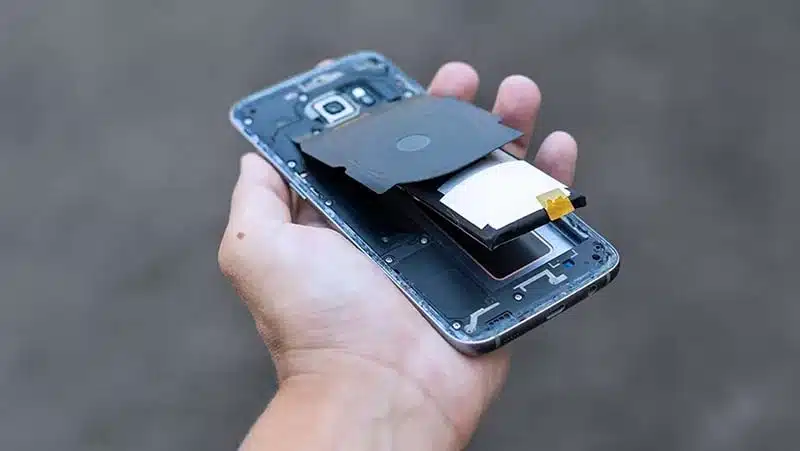
Overcharging doesn’t always show damage right away, but there are clear signs to watch for.
One of the most common signs is swelling. If your battery looks puffy or the case is bulging, stop using it right away. Swelling means gas has built up inside the battery from chemical breakdown.
Another sign is that the battery discharges very quickly. You might charge it to 100%, but after just a short time of use, the power drops fast. In some cases, the battery may also feel hot, even during light use. That’s a sign it’s under stress.
You’ll also notice shorter runtime. For example, I once used a power bank that used to charge my phone twice. After months of overcharging it every night, it could barely make it through one charge. The battery was slowly getting weaker. This happened because the internal parts were damaged, and it couldn’t hold energy like before.
If you see any of these signs, it means the battery is no longer healthy. It’s best to stop using it and look for a safe replacement. Overcharging damage usually gets worse over time.
How to Prevent Overcharging
You can avoid overcharging by using the right tools and building smart habits. Here are the key tips:
- Use a Battery Management System (BMS): A BMS controls how much power goes into each battery cell. It stops charging when the voltage reaches the safe limit. This protects the battery from overcharging and keeps each cell balanced.
- Use the right charger: Make sure your charger matches the battery’s voltage, chemistry, and current needs. As explained earlier, using the wrong charger is one of the most common causes of overcharging.
- Avoid deep discharge and full storage: Don’t let your battery run all the way down. Also, don’t store it fully charged for a long time. For a 3.7V lithium polymer battery, store it around 3.7 to 3.85V—this helps reduce long-term stress.
- Follow good charging habits: Where and how you charge matters too. In the next section, we’ll look at safe charging tips you can follow every day.
Tips for charging lithium batteries safely
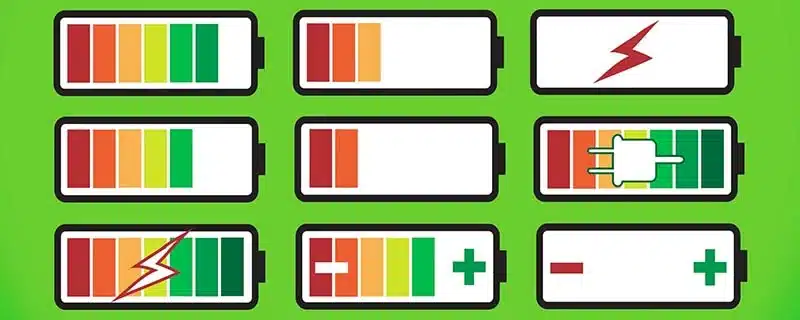
Charging your battery the right way can protect it from damage and help it last longer. One of the most important things you can do is unplug the charger once the battery is full. Keeping it plugged in after it reaches 100% causes extra heat buildup, which slowly wears out the battery and reduces its lifespan.
It’s also better not to always charge the battery to the very top. A safer range is between 20% and 90%. Staying in this middle range puts less stress on the battery’s internal chemistry and helps prevent early failure.
Always charge your battery in a place with good airflow. Charging produces heat, and a well-ventilated space helps that heat escape. If the area is closed off or stuffy, the battery can get too warm.
Never charge a battery in a hot environment. High temperatures can cause the battery to swell or leak. Charging in direct sunlight or near heat sources increases this risk.
Do’s and Don’ts of charging lithium batteries
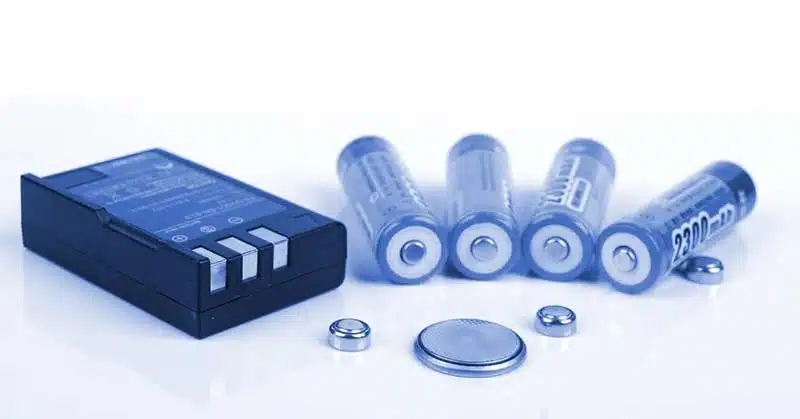
To keep your lithium battery safe and healthy, it’s important to follow a few key rules.
You can use bluetooth battery monitors to track your battery’s condition in real time. These tools help you see voltage, temperature, and charge levels without needing to open your device. Battery status apps and built-in display screens can also show this information clearly. This helps you avoid overcharging or using the battery when it’s too hot or too cold.
If you don’t have smart tools, you can still check your battery manually. Use a multimeter to measure voltage and a thermometer to check surface temperature. These checks help you charge at the right time and stop if something seems wrong.
There are also things you should not do. Never use a charger that isn’t made for your battery type—this can cause overcharging or even fire. Don’t continue using a swollen battery. It’s damaged and unsafe. Also, never charge a battery below 0°C. Cold charging can lead to lithium buildup inside the battery, which may cause short circuits or long-term damage.
Conclusion
Now you know how to avoid overcharging a lithium battery. You’ve learned what overcharging is, why it’s risky, how to spot the warning signs, and how to charge safely. With this knowledge, you can protect your battery and extend its life.
If you’ve been worried your battery might swell, smoke, or even fail without warning, you’re not alone. These are real risks, especially with poor-quality batteries or cheap chargers.
That’s why prevention starts with the right battery. A high-quality battery makes everything easier—and safer—from the start. If you’re not sure what’s inside your device, it might be time to think ahead.
At Hongyitai, we’ve been making lithium batteries for over 10 years. Our batteries come with at least a 1-year warranty and go through strict safety testing. If you want peace of mind, start with a battery you can trust.
FAQs
Can you overcharge with solar panels or inverters?
Yes. If the system doesn’t have a charge controller or BMS, it can keep pushing power into the battery even after it’s full. Always use a proper solar charge controller to avoid this.
Temperature and overcharging: What’s the connection?
High temperatures make overcharging worse. Heat speeds up chemical reactions, which can damage the battery faster. Charging in hot conditions also increases the chance of swelling or thermal runaway.
"Smart devices can’t overcharge" – not always true
Smart devices help, but they’re not perfect. If the BMS or charging circuit fails, overcharging can still happen. It’s rare, but possible.
"You can charge overnight without worries" – depends on the system
If the charger has auto shutoff or the battery has a BMS, it’s usually safe. But if the charger keeps pushing power after the battery is full, overnight charging can cause damage.
Will lithium battery stop charging when full?
If it has a BMS or smart charger, yes. These systems are designed to stop at the right voltage. But with the wrong charger, the battery may keep charging, which is unsafe.
